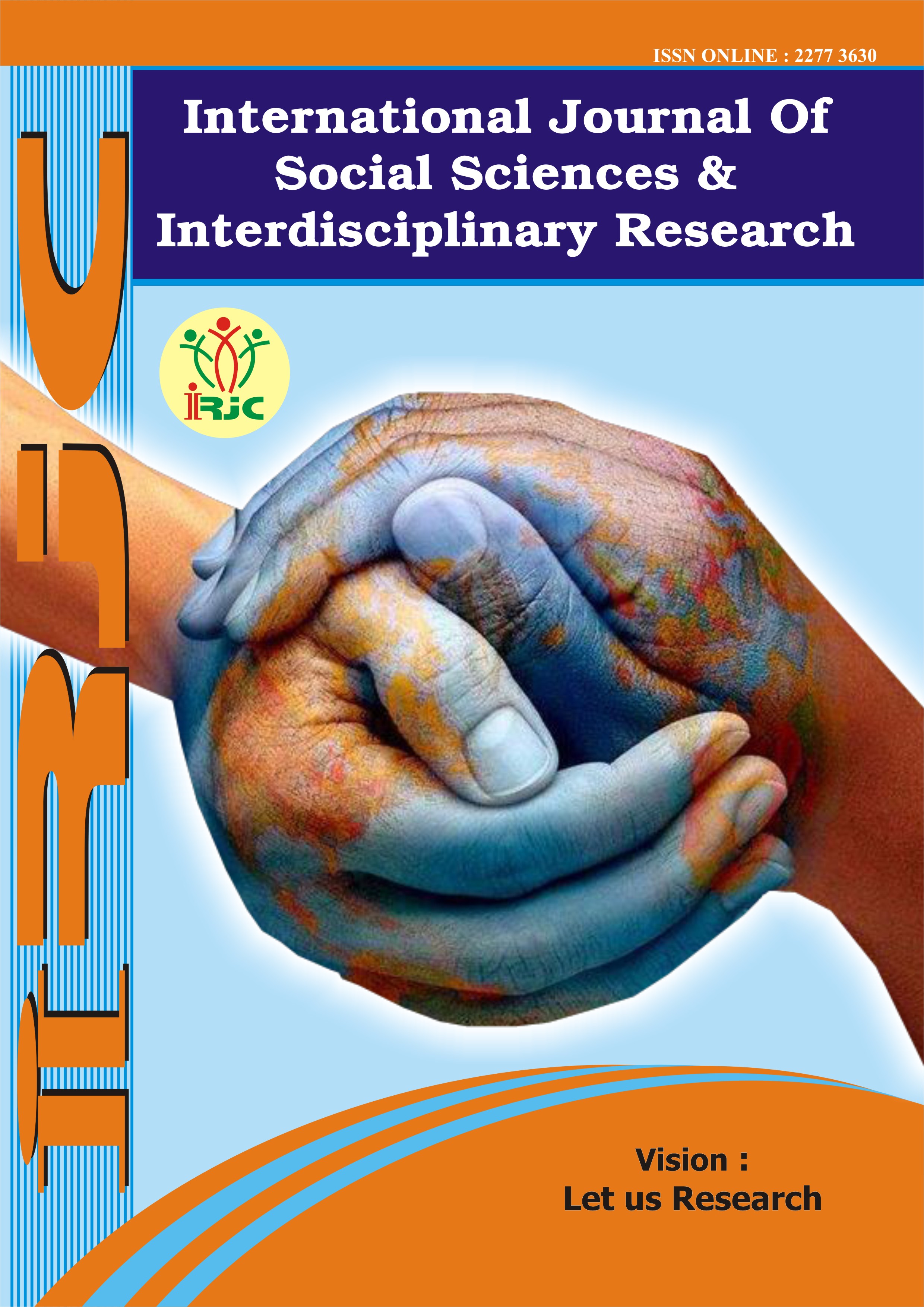Specific features of content-based learning and technologies of teaching linguistic competence at academic lyceums and universities
Keywords:
lyceum and university students, namely proficiency objectives, knowledge objectives, affective objectives, norms of society, values, orientations.Abstract
In this article the most important difference lies in the learners and their purposes for learning English. Lyceum and university’s students are usually adults who already have some acquaintance with English and are learning the language in order to communicate a set of professional skills and to perform particular job-related functions. An ESP program is therefore built on an assessment of purposes and needs and the functions for which English is required.
References
Azimov and others. Biology. Methodical guide. - T.:, Medical publishing house named after Abu Ali ibn Sina. 2002.
Hutchinson Tom, Waters Alan. English for Specific Purposes, 1987. New York. P. 42-52.
Paltridge Brian, Star field Sue. The Handbook of English of Specific Purposes, 2012.USA. P. 127-135.
Widodo H.P. & Pusporini R. Materials design: English for specific purposes. (ESP), 2010. Muenchen. P. 147-160.
Tolipova J.O., Gafurov A.T.. Technology of Biology Education. - Teacher, 2002.
Tolipova J.O.,. Gafurov A.T. Methodology of teaching biology. Textbook for students of pedagogical universities. - T.:, Finance and economics, 2007.
Tolipova J.O., Gafurov A.T. Methodology of teaching biology. Educational and methodical manual. "Science" 2004.
Downloads
Published
How to Cite
Issue
Section
License
Copyright (c) 2022 GEJournals

This work is licensed under a Creative Commons Attribution-NonCommercial-NoDerivatives 4.0 International License.





